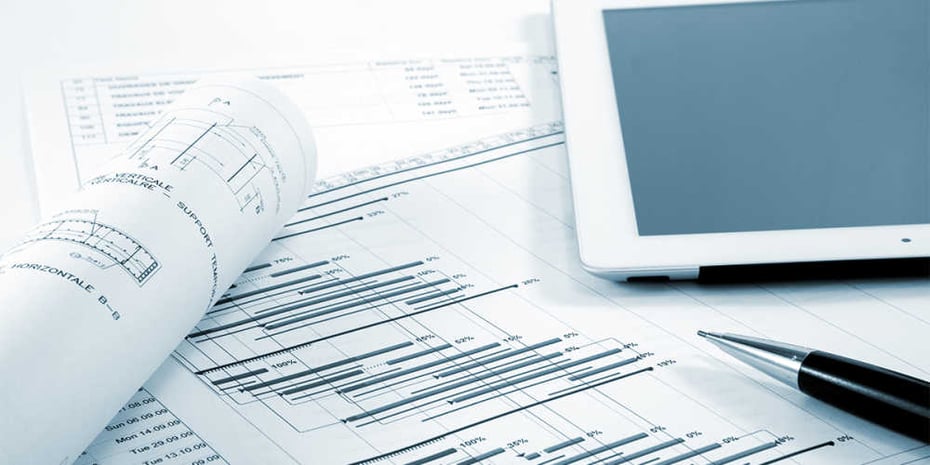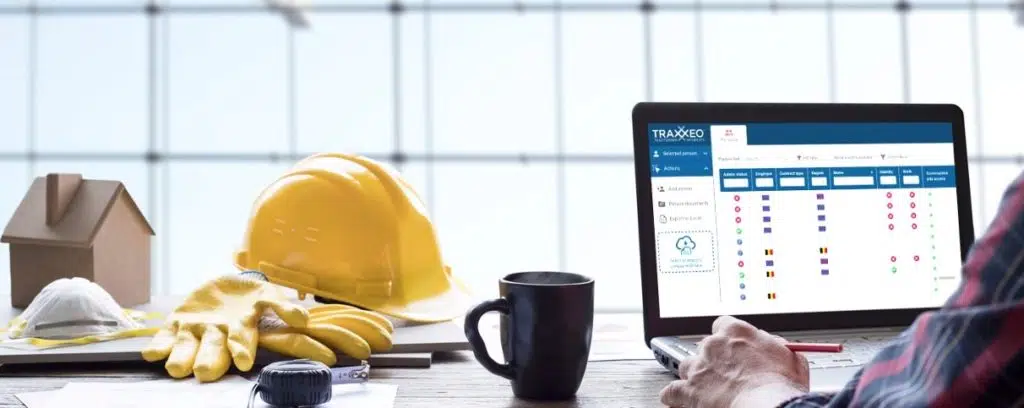Enhancing Workflow Efficiency: Architect's Specialist Techniques for Building And Construction Document Administration
In the realm of architectural design and building, the precise management of papers stands as a foundation for task success. Designers use numerous techniques to boost workflow effectiveness and improve building and construction document administration procedures. From adept company strategies to the integration of collaborative systems and the execution of secure data administration options, designers navigate a complicated landscape of methods and tools. Among this complexity, a pick couple of expert methods have arised as indispensable in enhancing operations efficiency. These methods not only make sure smooth project progression however likewise hold the crucial to unlocking boosted performance and precision in the detailed world of building paper management.
Trick Document Organization Strategies
When managing building records, among the crucial strategies that engineers use is developing a organized and reliable organization system. This system usually entails classifying records based on their type, such as illustrations, requirements, contracts, and permits. By creating distinct and clear groups, architects can swiftly find details info when required, conserving time and lessening mistakes in the building and construction procedure.
Within each group, engineers better organize files by using or creating subfolders numbering systems to signify versions or alterations (construction document management). This ordered structure makes certain that one of the most pertinent and existing info is quickly accessible while preserving a document of modifications made throughout the project timeline
Additionally, architects typically make use of digital paper monitoring platforms that supply functions like keyword search functions, version control, and accessibility constraints to improve company and cooperation among job stakeholders. These devices improve the file access process, advertise real-time updates, and promote smooth communication, ultimately adding to the total success of the building project.
Collaborative Platform Integration
To optimize record monitoring efficiency in building tasks, designers flawlessly incorporate collaborative platforms to enhance communication and streamline sychronisation amongst task stakeholders. By leveraging collective platforms such as project administration software, cloud-based storage space systems, and communication devices, architects can create a centralized center for all project-related documents and interaction channels. These systems permit staff member to gain access to, review, and team up on papers in real-time, minimizing delays and the threat of errors linked with conventional file administration approaches.
Collective platform integration additionally fosters openness and liability within the task team, as all stakeholders have visibility right into the most recent job updates and revisions. By systematizing interaction and document sharing, designers can make certain that all team members are functioning from the most updated details, reducing the opportunities of misunderstandings or problems developing because of obsolete papers.
In addition, collective platforms enable smooth partnership in between engineers, contractors, clients, and various other project stakeholders, promoting an extra cohesive and effective task workflow. By breaking great site down communication barriers and assisting in info exchange, designers can drive efficiency and technology in building and construction tasks, eventually causing successful task outcomes.
Version Control Best Practices
Carrying out effective variation control practices is important for maintaining record accuracy and consistency in building projects. By establishing a clear system for taking care of modifications, task groups can make certain that every person is working from one of the most current documentation, decreasing the risk of mistakes and disparities during the building phase.
One of the crucial best practices for version control is to appoint unique identifiers to each file variation. This can be accomplished by utilizing a look these up numbering system or date stamp that clearly suggests the order of alterations. By plainly identifying each iteration, staff member can quickly track the progression of the record and determine one of the most current variation.

Automation Devices for Effectiveness

Record control software application, like Procore or PlanGrid, streamlines task documentation, making it easily obtainable to all stakeholders. These systems enable real-time cooperation, variation control, and automated back-ups, protecting against data loss. Furthermore, Structure Information Modeling (BIM) software automates the generation of building drawings and ensures that modifications are synchronized across all related documents.
Incorporating automation tools with cloud storage space options additionally improves ease of access and safety. By automating the record monitoring procedure, job groups can concentrate their time and initiative on value-adding tasks, eventually boosting performance our website and job end results.
Secure Data Management Solutions
Properly taking care of and safeguarding job information is vital in the construction sector to make certain privacy and honesty throughout the task lifecycle. Architectural firms can make use of encrypted cloud storage solutions to securely share and keep task records with accredited employees.
Additionally, utilizing digital legal rights monitoring (DRM) tools adds an extra layer of protection by avoiding the unauthorized distribution or replication of job papers. Regular data backups are important to minimize the threat of data loss as a result of unforeseen conditions like hardware failings or cyber-attacks. Collective systems with built-in security functions make it possible for seamless interaction and data sharing among job employee while maintaining information integrity.
Conclusion
To conclude, implementing vital document organization techniques, integrating collective systems, exercising version control best practices, making use of automation tools, and taking on protected information management remedies are essential strategies for boosting process effectiveness in construction document management. These professional techniques can improve processes, enhance interaction, guarantee precision, and keep information protection throughout the building and construction job lifecycle.
In the realm of building layout and building and construction, the meticulous monitoring of records stands as a keystone for task success. These techniques not only make sure smooth task progression yet also hold the vital to opening improved productivity and precision in the elaborate world of building document monitoring.
To optimize document monitoring performance in construction tasks, designers seamlessly integrate collective platforms to enhance communication and enhance control amongst task stakeholders. These platforms permit team participants to access, evaluation, and team up on documents in real-time, lowering delays and the risk of errors connected with standard paper monitoring approaches.
Utilizing automation tools in construction record management significantly enhances performance and improves processes for project teams. construction document management.